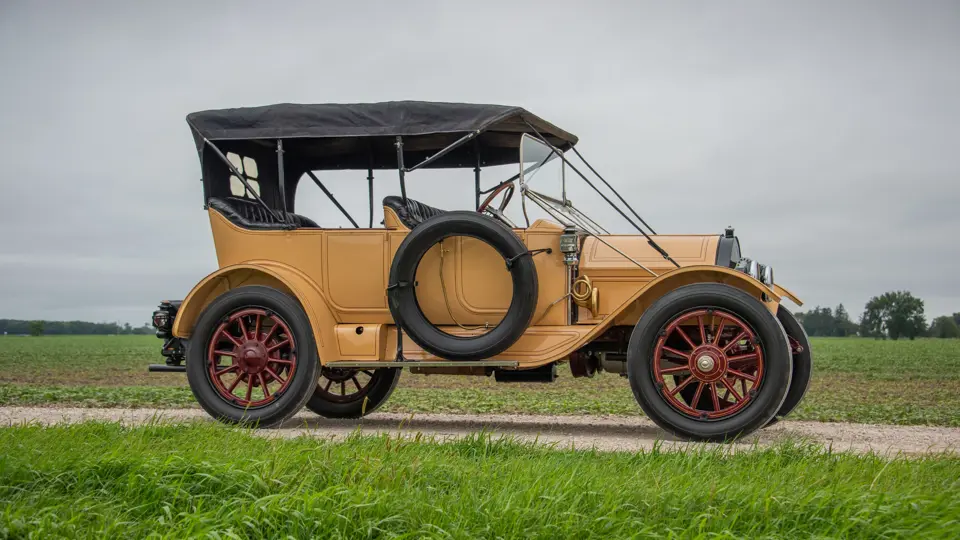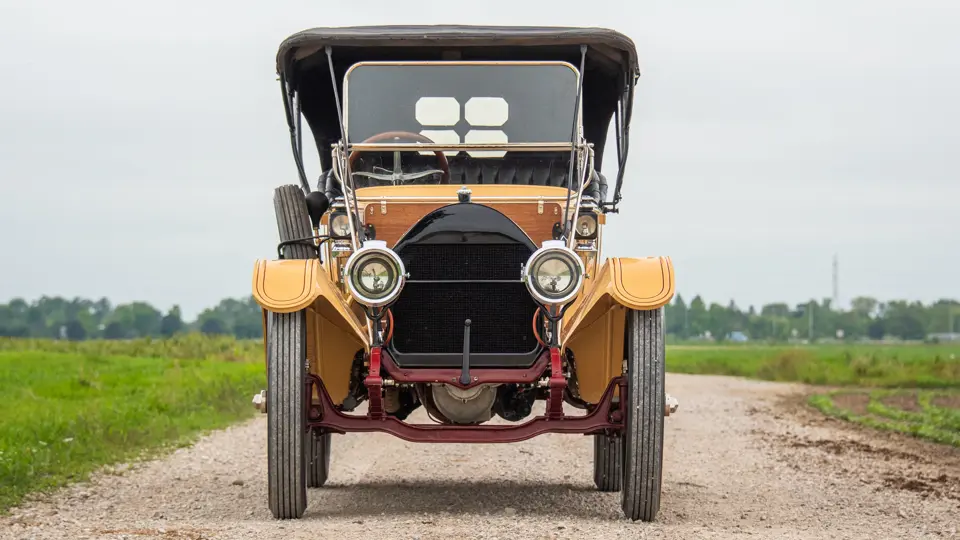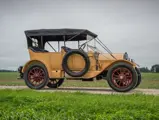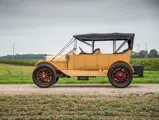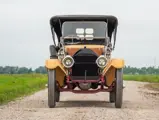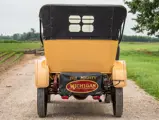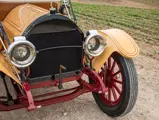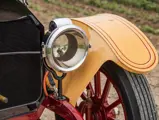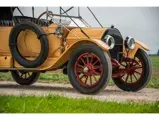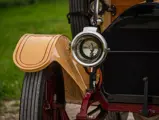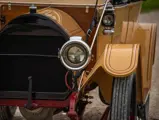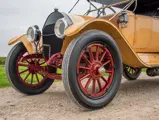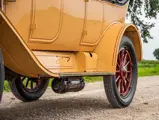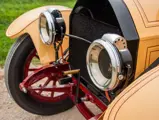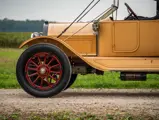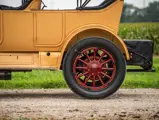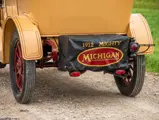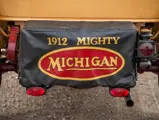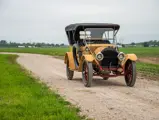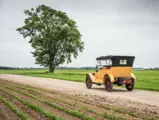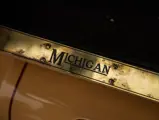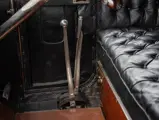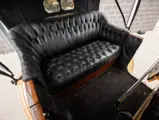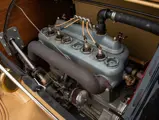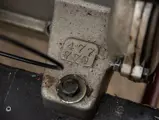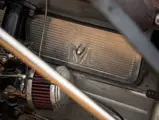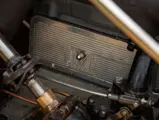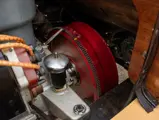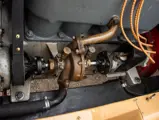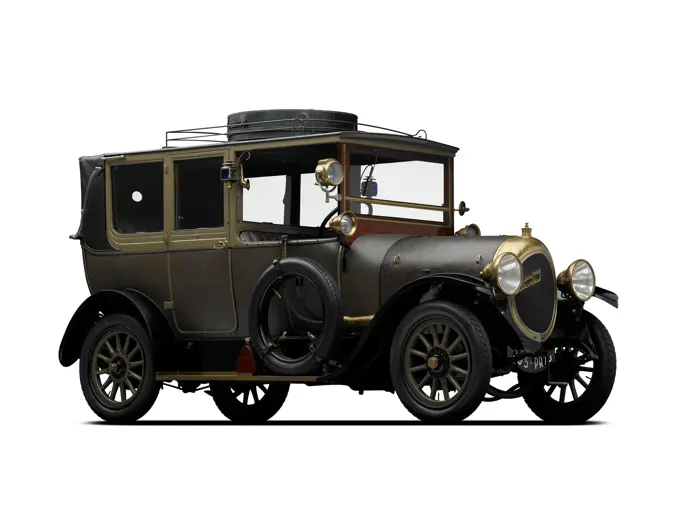
1912 Michigan Four-40 Touring
{{lr.item.text}}
$46,750 USD | Sold
Offered from A Private Collection
{{bidding.lot.reserveStatusFormatted}}
- Rare Midwest marque
- Benefits from a quality restoration
- Single ownership since 1999
- Well outfitted with Prestolite gas lighting, full touring top, and free-standing windshield
The Michigan Buggy Company of Kalamazoo began selling automobiles in 1904 by putting an engine on one of its horse-drawn models. Production of a purpose-built automobile did not begin until 1909, substantiated by period sources. At that time the company took the name Michigan Motor Car Company. Designated the Model B, the cars were powered by a Hazard engine. Bankruptcy of Hazard in 1911 forced Michigan to change to a Falls 33-horsepower engine. For 1912 and 1913, the 33-horsepower model was built on a 112-inch wheelbase and is believed to have used a Sandusky engine. Forty-horsepower Michigans were fitted with Buda engines of 298 cubic inches.
After a host of legal problems in 1913, Pittsburgh distributor Edward Gerber attempted, unsuccessfully, to buy the company. Hugh Chalmers of Chalmers-Detroit was asked to take charge, but the local business climate had soured and manufacture ceased. In 1915, the
plant was sold and the States Motor Car Company began building its Greyhound light car there.
That effort lasted only through 1916.
This Michigan, a 1912 40-horsepower car, is powered by an L-head Buda engine of that rating. Both roadster and touring bodies were offered on a 116-inch wheelbase chassis. The consignors acquired this touring model from a Whitmore Lake, Michigan owner in 1999. Elegantly presented in Golden Sand paint, it is accented by red pinstriping matching the undercarriage color. The seats are upholstered in buttoned black leather. The car features Prestolite gas lighting, a full touring top, and a free-standing windshield for the comfort of driver and passengers.
This very rare Michigan automobile is accompanied by an extensive history file, including invoices for parts and restoration work. The latter involved the fitting of a new clutch, steering box, and pistons.





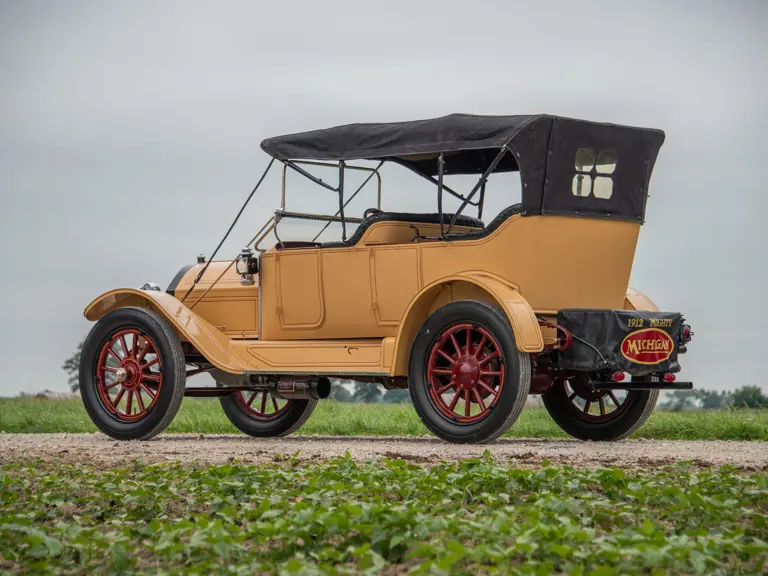
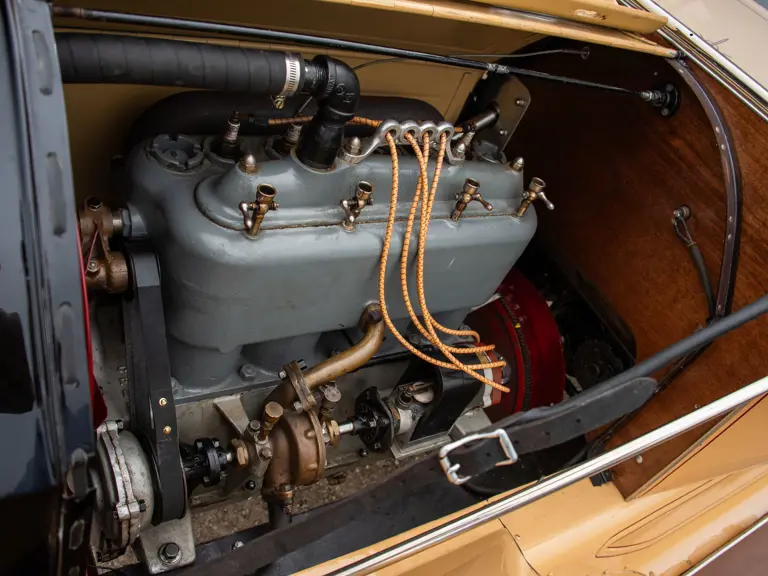
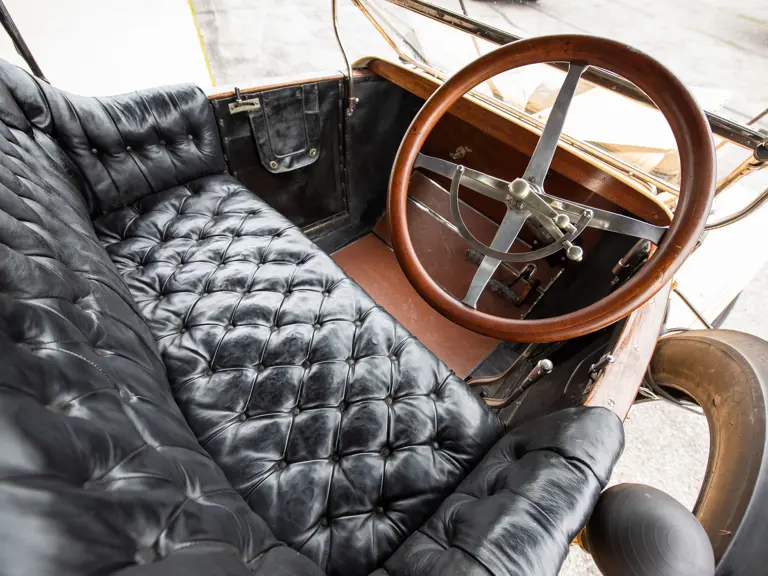
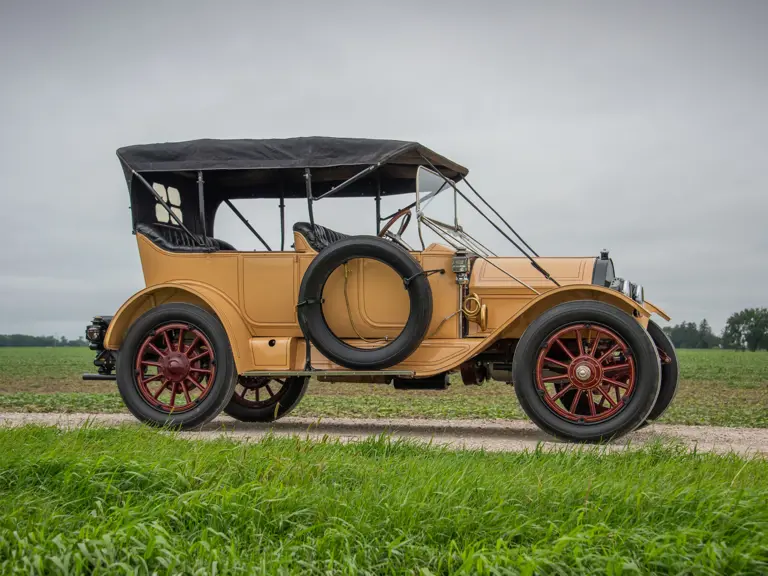
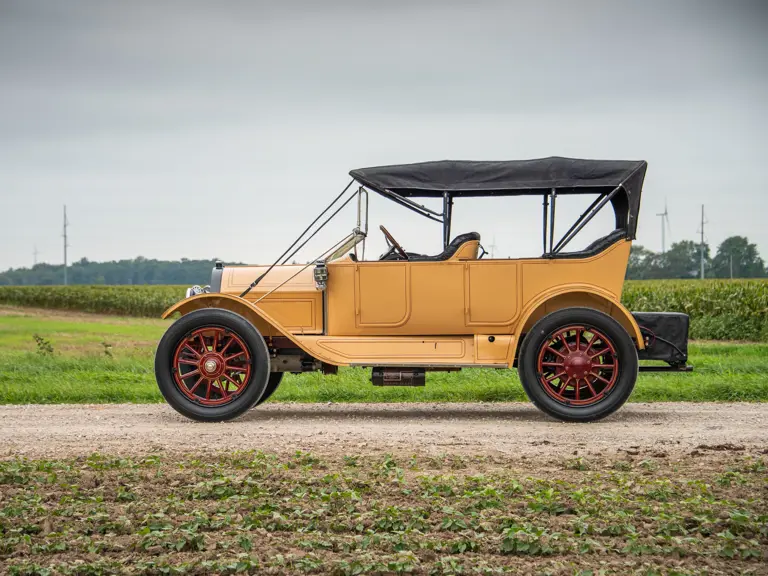
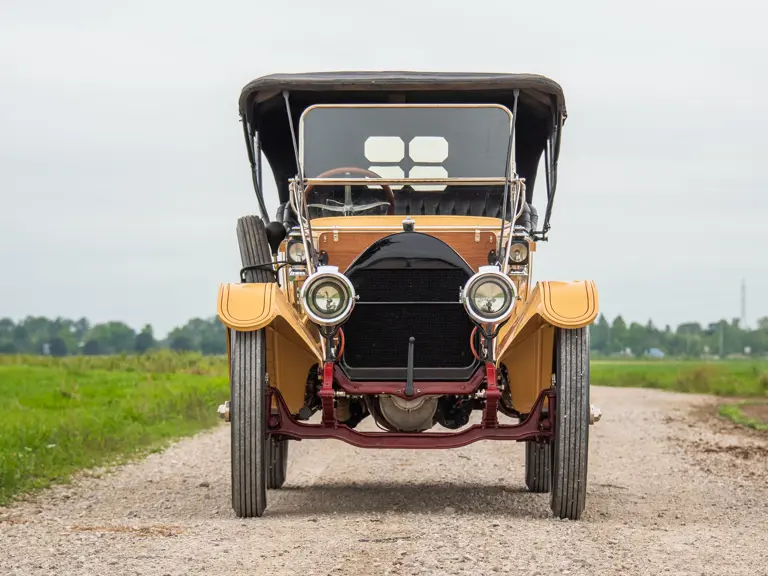
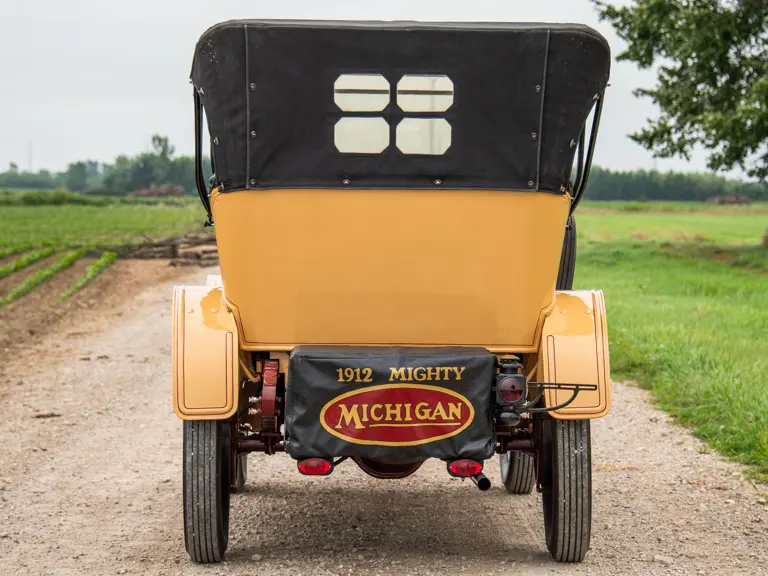



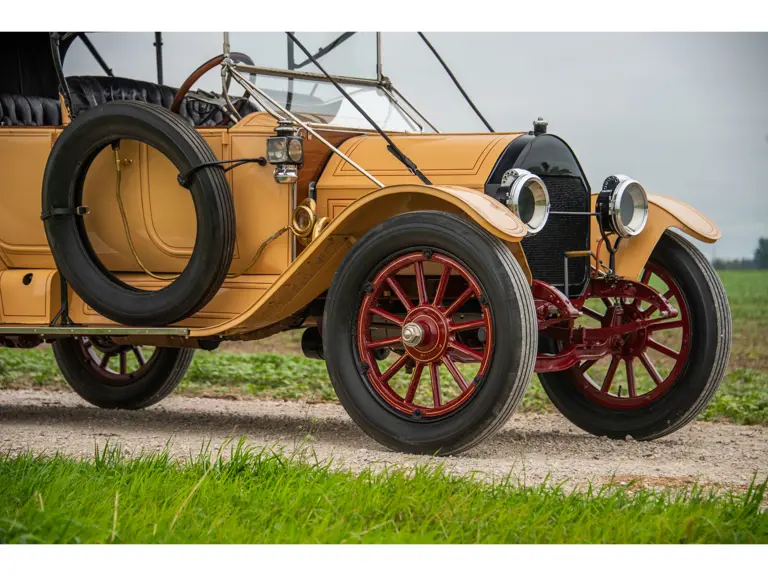
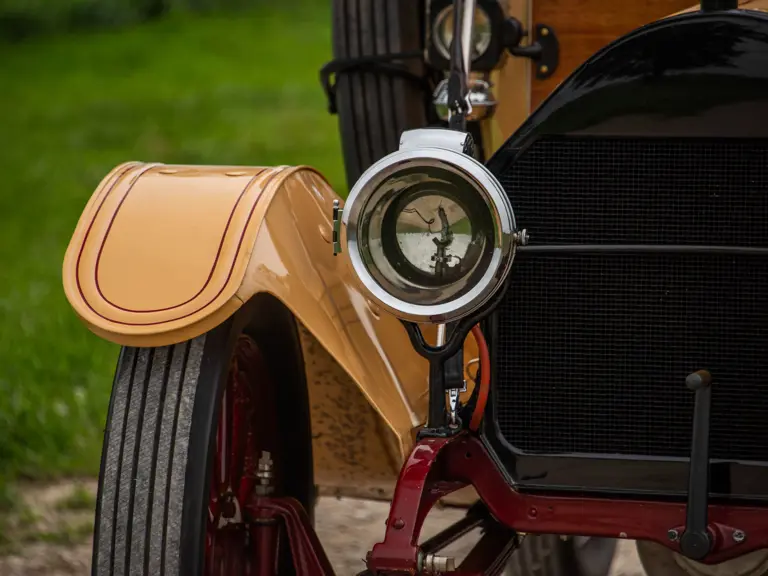
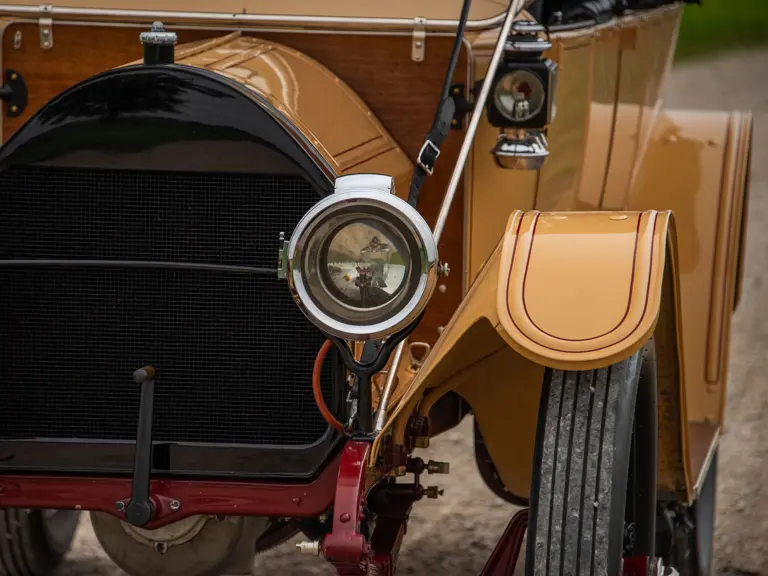

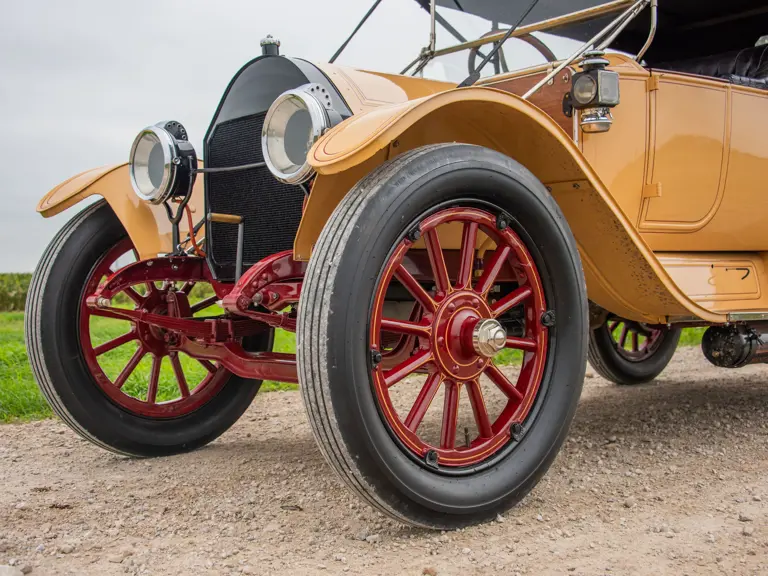
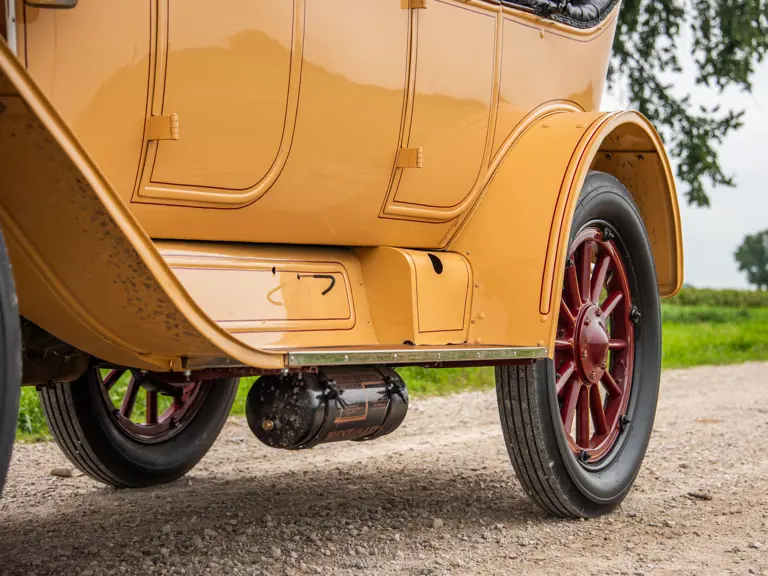
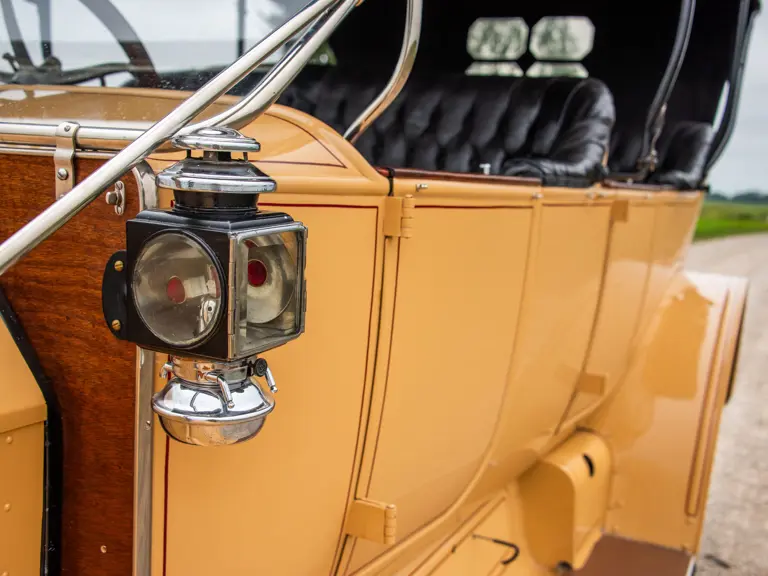
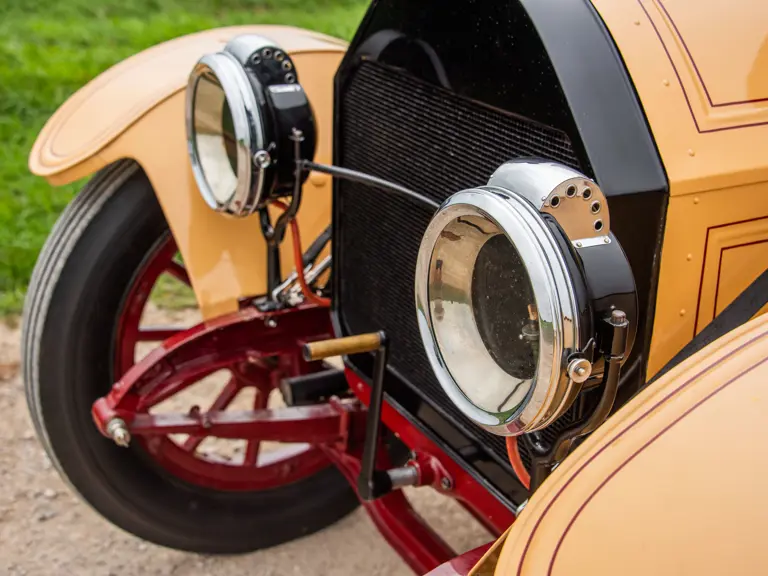
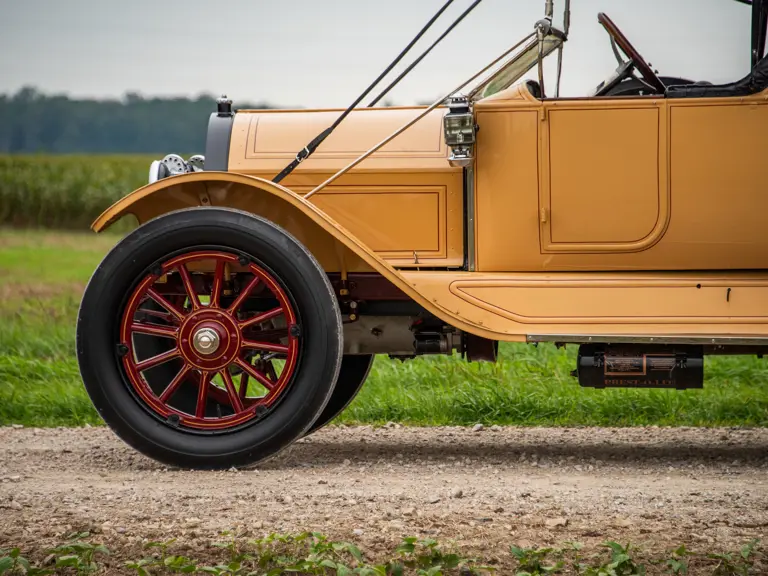
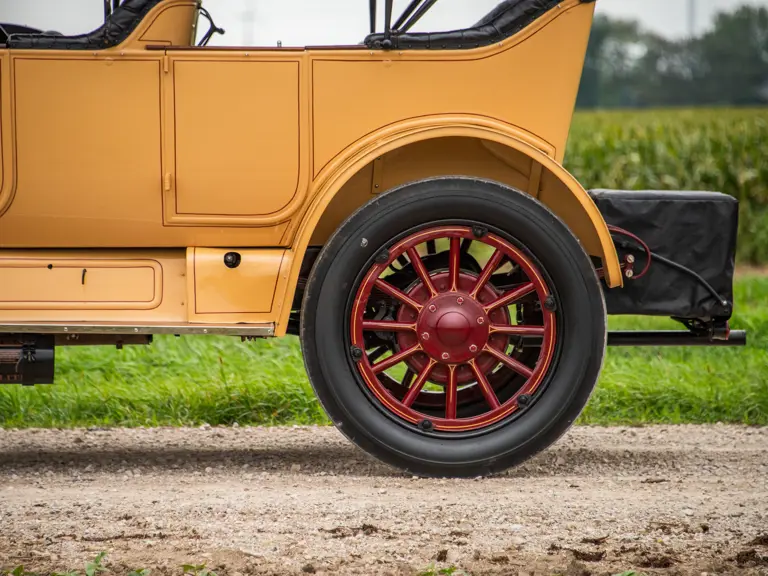
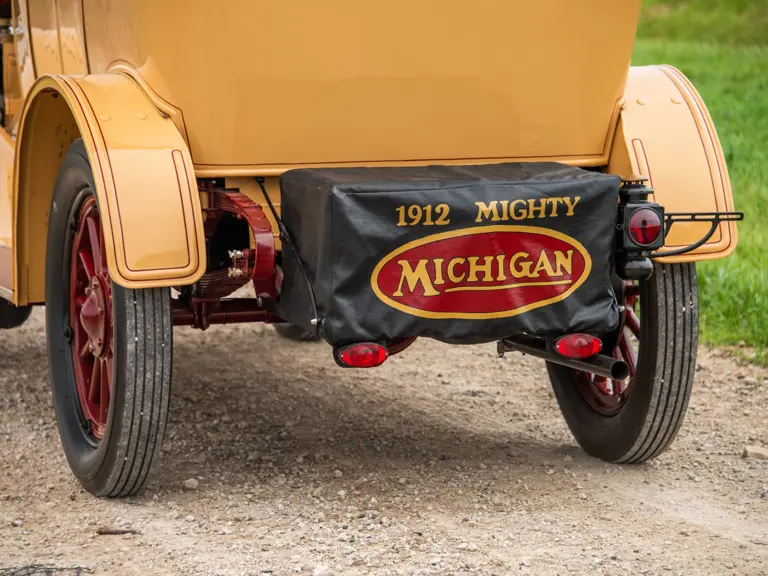
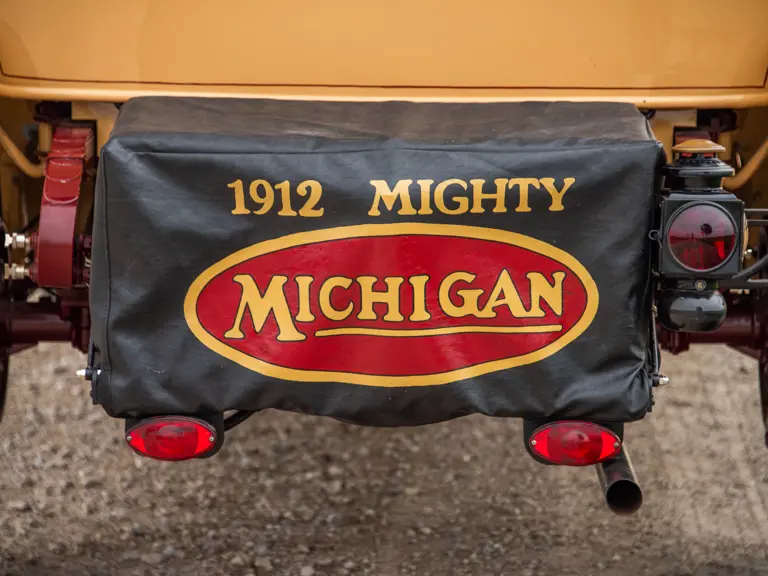
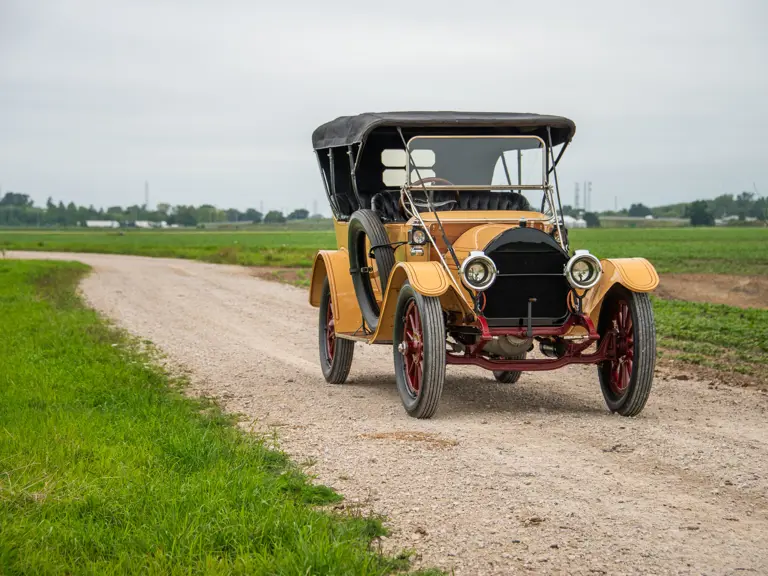

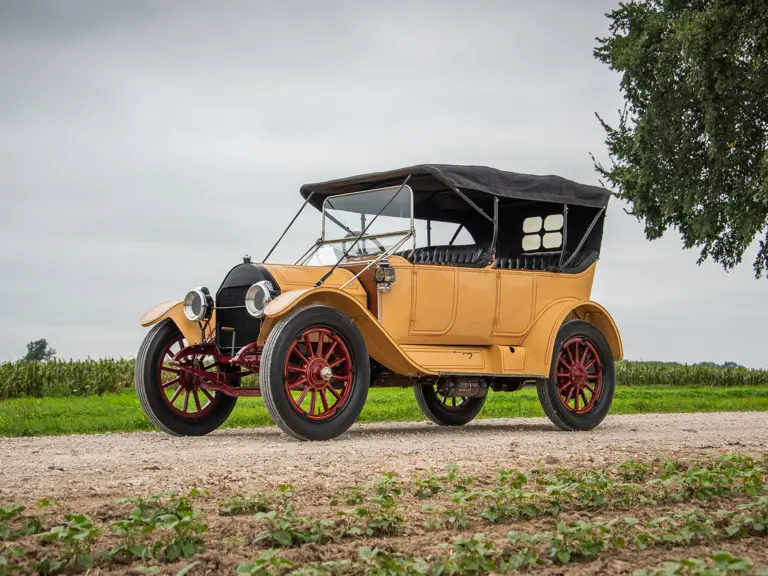
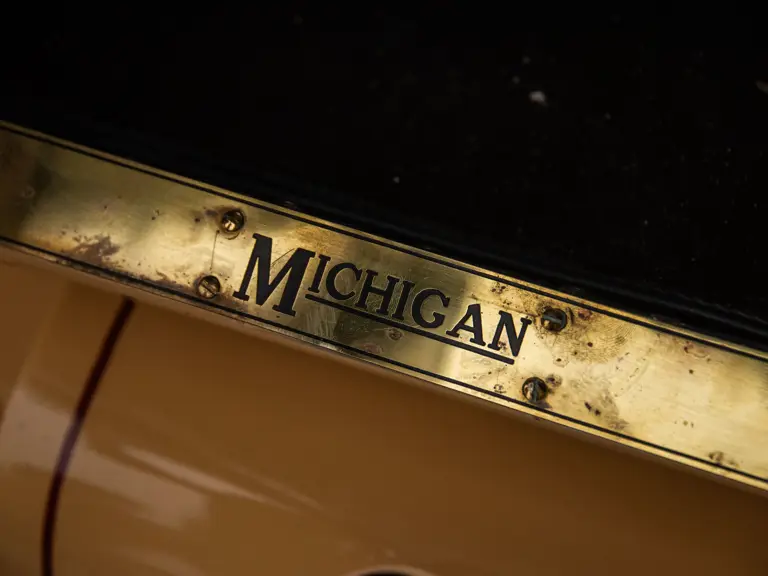
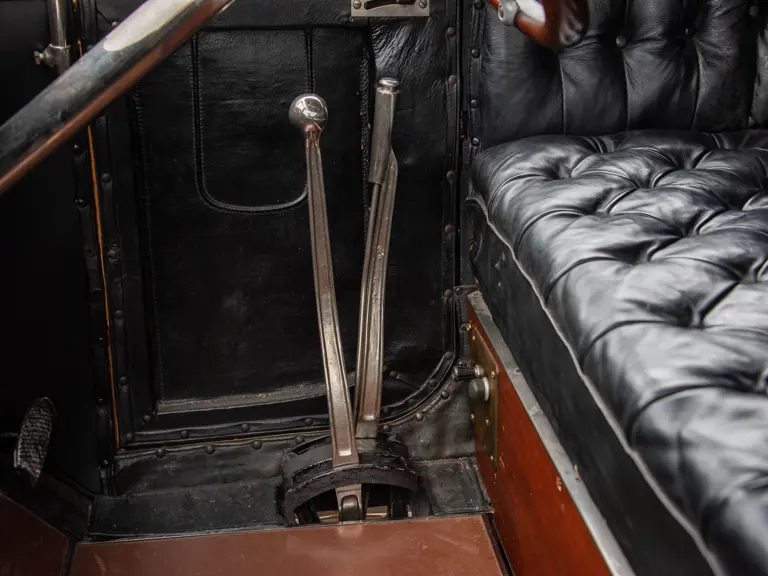
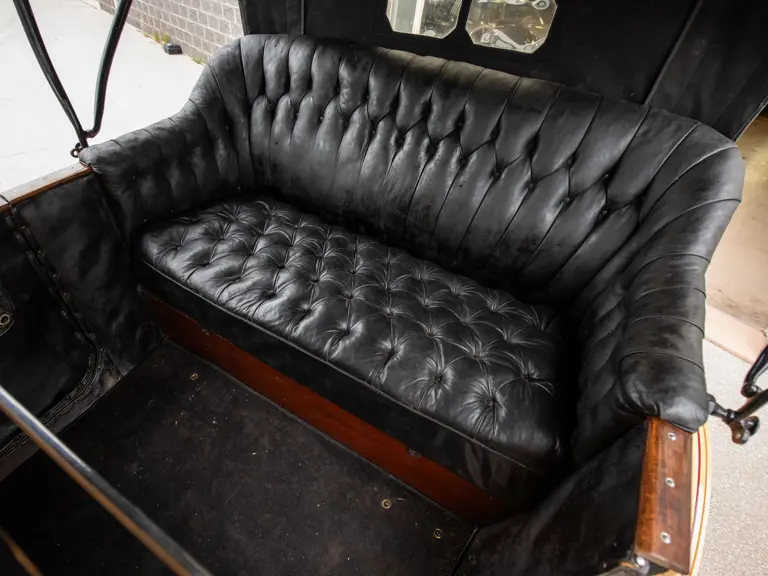

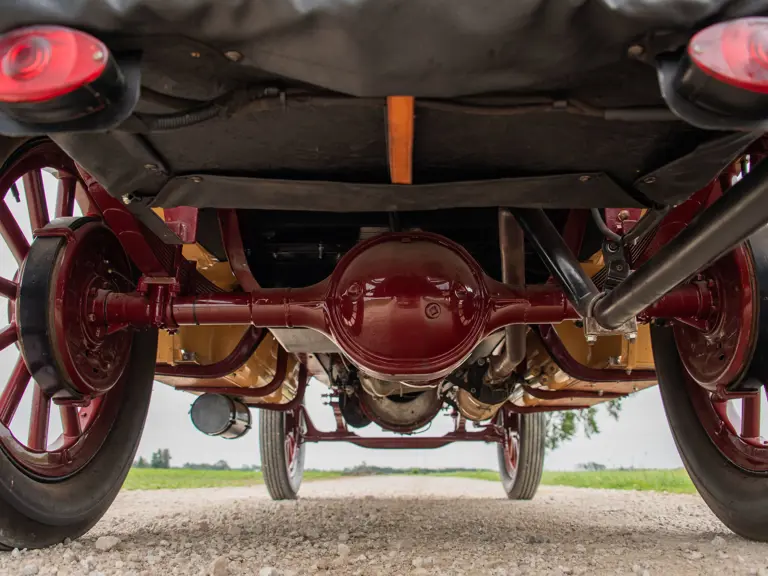

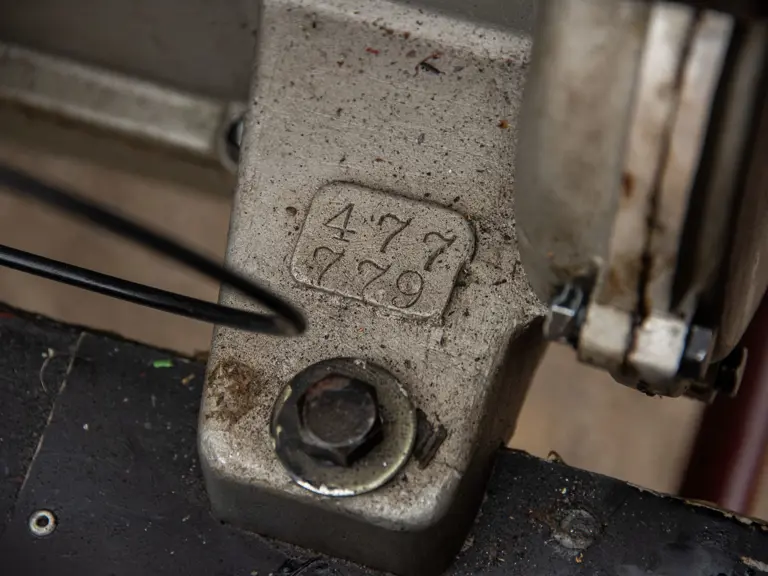
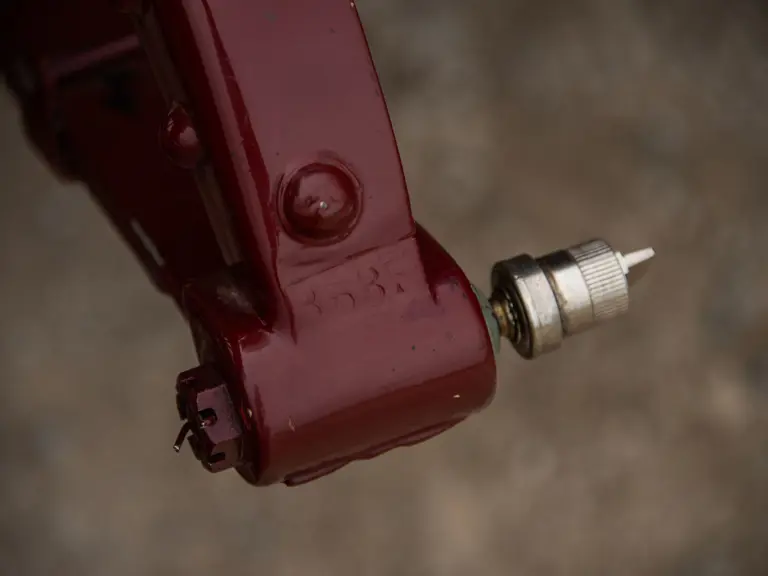
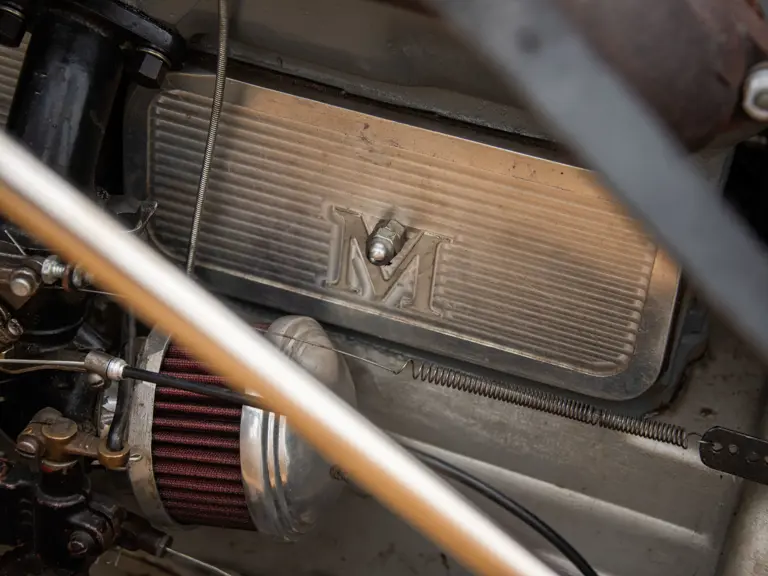
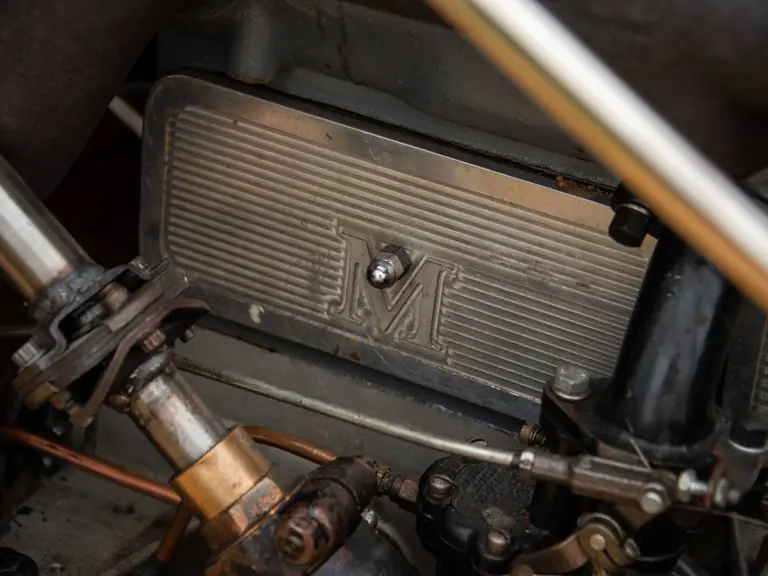
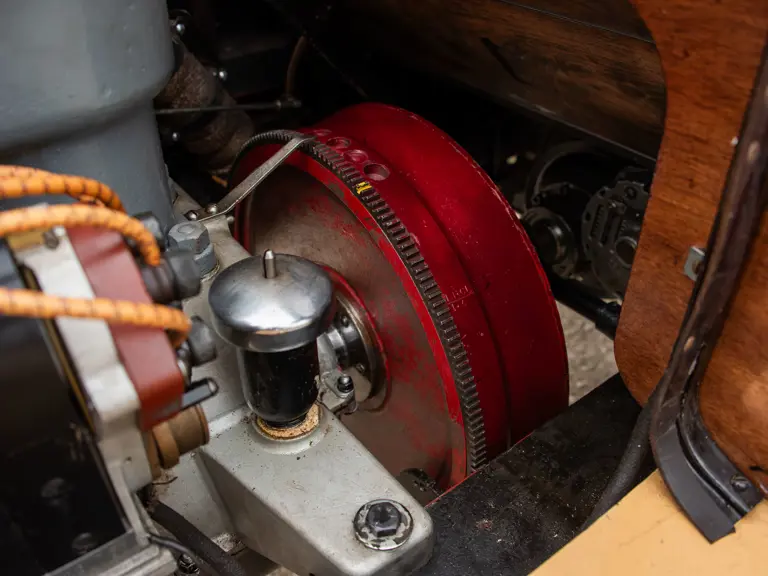
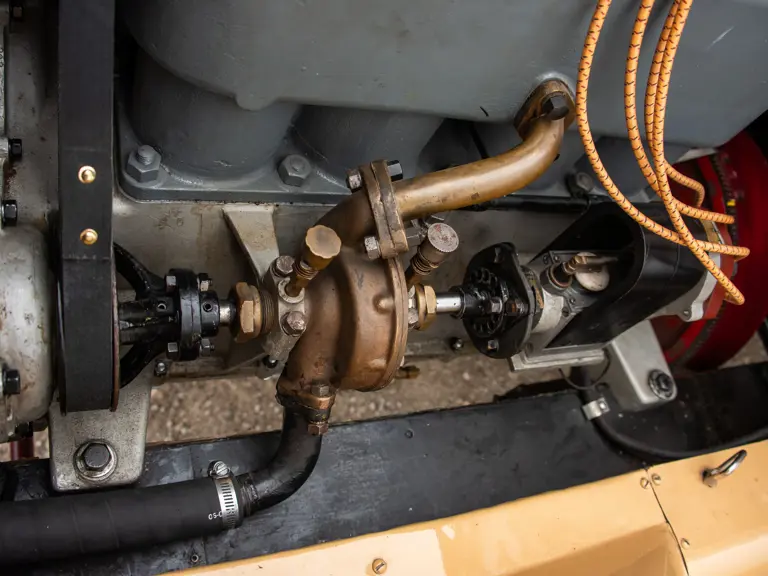

 | Hershey, Pennsylvania
| Hershey, Pennsylvania
